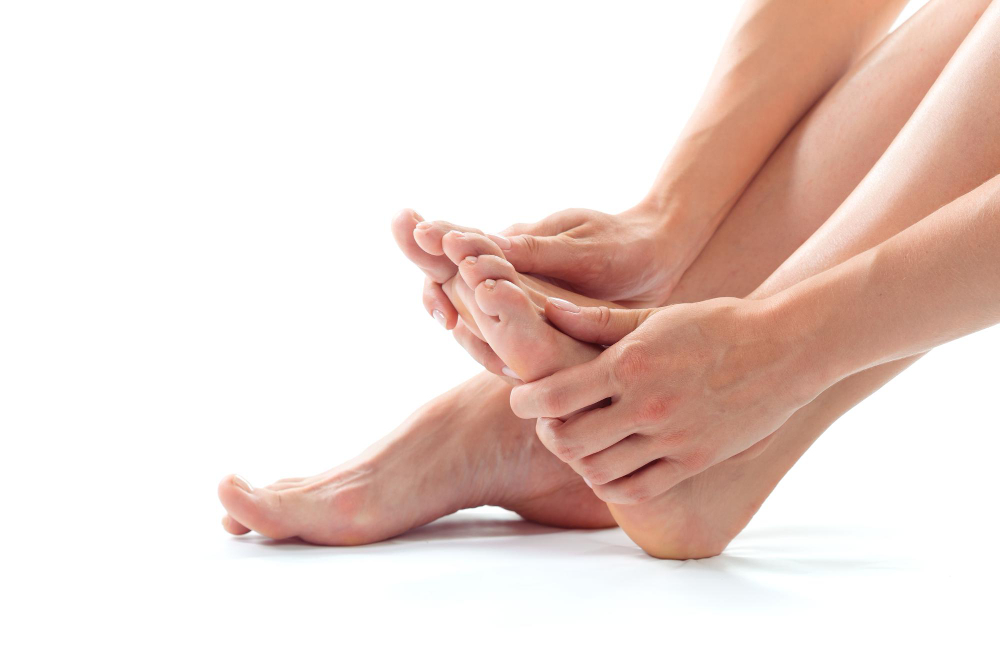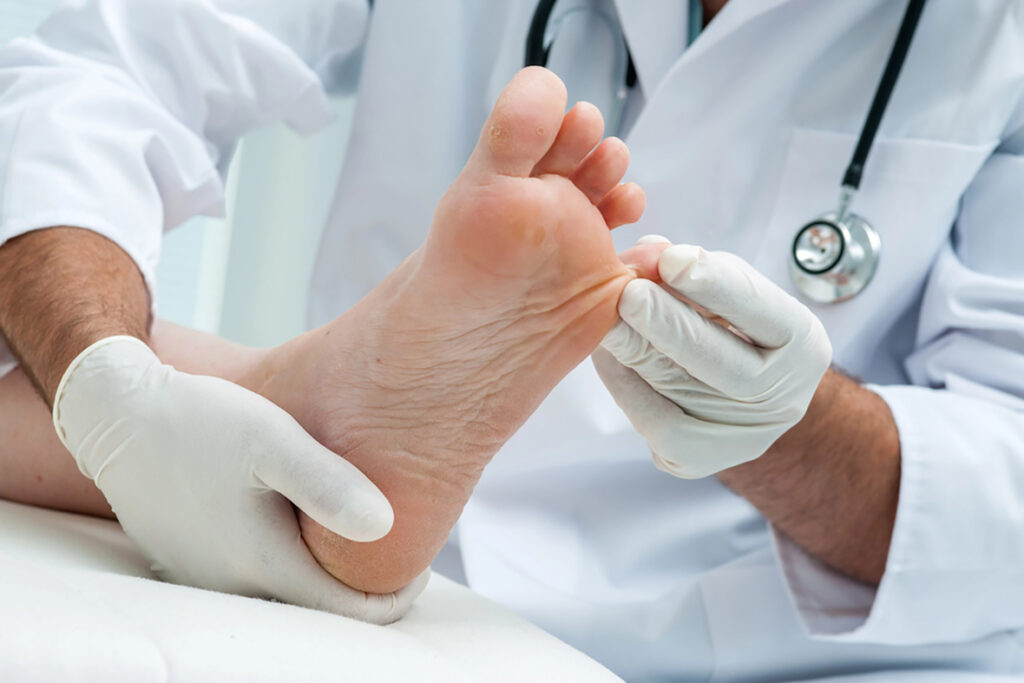Bunion surgery, medically known as a bunionectomy, is a common procedure for individuals experiencing pain or mobility issues due to bunions. If you’re planning this surgery or recently had it, you’re likely asking: how long does it take to fully recover? The answer depends on several factors, including the type of surgery, your general health, and how closely you follow post-operative instructions. In this guide, we’ll walk you through the different stages of bunion surgery recovery, the factors that affect healing time, what to expect during each phase, and tips to improve your recovery journey.
Understanding Bunion Surgery
Bunions develop when the joint at the base of the big toe becomes misaligned, often leading to pain, inflammation, and limited mobility. When conservative treatments (like orthotics or shoe changes) fail to relieve symptoms, bunion surgery may be recommended.
There are several types of bunion surgeries, including:
- Osteotomy: Realigning the bones of the big toe
- Exostectomy: Removing part of the bunion
- Arthrodesis: Fusing bones to correct deformity
- Minimally invasive bunion surgery: Uses smaller incisions and often results in quicker healing
The surgical approach chosen influences how long recovery will take.
General Recovery Timeline
Recovery is a gradual process and occurs in stages. Here’s a general outline of what you can expect:
Week 1–2: Immediate Post-Op Period
- Rest and limited mobility are essential.
- Your foot will be bandaged, possibly in a surgical shoe or boot.
- Elevating the foot and keeping weight off of it will help reduce swelling.
- Pain, swelling, and stiffness are common.
- You may use crutches or a walker for support.
🕒 Activity Level: Minimal, mostly resting
👣 Weight Bearing: Usually non-weight bearing or partial, as directed by your surgeon
Week 3–6: Early Healing Phase
- Sutures may be removed around week 2.
- Swelling continues but begins to lessen.
- You might transition to partial weight-bearing using a walker boot.
- Physical therapy may start to improve range of motion.
🕒 Activity Level: Light walking with assistive devices
👣 Weight Bearing: Increasing under medical supervision
Week 7–12: Return to Walking
- Most patients can begin walking in supportive shoes or a surgical boot.
- Pain and stiffness decrease significantly.
- Swelling is still present, especially at the end of the day.
- Physical therapy continues to improve strength and mobility.
🕒 Activity Level: Gradually increasing
👣 Weight Bearing: Full weight-bearing in most cases
3–6 Months: Regaining Function
- Regular shoes may be worn again, often with custom insoles.
- Physical therapy helps with balance, gait, and strength.
- Activities like biking or swimming are usually allowed before running or impact exercises.
🕒 Activity Level: Moderate
👣 Footwear: Comfortable shoes, often wide-fit with support
6–12 Months: Full Recovery
- Swelling should completely resolve.
- Scars fade, and mobility is restored.
- High-impact sports or long walks become easier.
- Some patients may continue to feel mild stiffness in the joint.
🕒 Activity Level: Normal daily activity
👣 Footwear: Return to normal shoes, though high heels may still be uncomfortable for some
Factors That Affect Bunion Surgery Recovery Time
Not everyone heals at the same pace. Several factors influence how long your bunion recovery may take:
Type of Surgery
Minimally invasive surgeries generally involve shorter recovery times compared to traditional open procedures, which may involve bone realignment and hardware placement.
Age and Health Status
Younger individuals and those in good health tend to recover faster. Conditions like diabetes, poor circulation, or smoking may slow healing.
Activity Level and Job Type
If your job requires standing or walking, returning to work may be delayed. Sedentary work usually allows earlier return.
Post-Surgical Compliance
Following medical advice—including wound care, elevation, and therapy—is key to avoiding complications and encouraging healing.
Managing Pain and Swelling
Pain and swelling are most intense in the first few weeks after surgery. Here’s how to manage them:
- Ice packs (20 minutes on, 20 minutes off)
- Keeping the foot elevated above heart level
- Prescribed pain medication or over-the-counter NSAIDs
- Wearing the post-op boot as directed
- Compression bandaging, if recommended
Over time, swelling will reduce—though it may take up to a year to fully disappear, especially after long periods of standing.
Physical Therapy and Rehabilitation
Physical therapy often plays a big role in restoring mobility. A physical therapist will guide you through exercises to:
- Improve range of motion in the toe joint
- Strengthen foot and ankle muscles
- Rebuild balance and coordination
- Help retrain your gait and posture
Regular participation can help shorten recovery time and improve long-term outcomes.
When Can You Resume Normal Activities?
Activity timelines vary, but here’s a rough breakdown:
| Activity | Estimated Timeline |
| Return to desk job | 2–4 weeks |
| Driving (right foot surgery) | 4–6 weeks (when cleared) |
| Walking without boot | 6–12 weeks |
| Low-impact exercise | 8–12 weeks |
| Running or jumping | 4–6 months |
| Full return to all activities | 6–12 months |
Always follow your doctor’s advice before resuming activities—especially those involving foot stress.
Possible Complications and Delays
Though bunion surgery is generally safe, complications can slow recovery:
- Infection at the surgical site
- Nerve irritation or numbness
- Delayed bone healing
- Stiffness in the toe joint
- Recurrence of the bunion
These are uncommon, but it’s important to report unusual symptoms like persistent redness, increased pain, fever, or wound drainage to your healthcare provider right away.
Tips for a Smooth Recovery
- Follow your surgeon’s instructions closely
- Don’t rush walking or exercising too early
- Keep your follow-up appointments
- Choose supportive, wide-toe footwear after recovery
- Stay consistent with physical therapy
- Avoid smoking, which can impair healing
- Monitor your incision and avoid getting it wet until cleared
Vital Podiatry Foot and Ankle Specialist Serving the Mossy Oaks Estates Community and Beyond in Houston
Vital Podiatry Foot and Ankle Specialist is dedicated to serving the diverse needs of the local community of Houston, including individuals residing in neighborhoods like Mossy Oaks Estates. With its convenient location near landmarks such as the Team Building & Leadership Development and major intersections like Mile Dr, & E Morgan Dr. (coordinates: 29.947825040080033,-95.60717154648589), we offer Bunion Surgery Doctors services.
Get Bunion Surgery Doctors Services at Mossy Oaks Estates Now
CALL US NOW!
(281) 937-4546
Navigate from Mossy Oaks Estates to Vital Podiatry Foot and Ankle Specialist Now
Final Thoughts
Recovering from bunion surgery takes time, patience, and active participation in your healing plan. Most people experience significant pain relief and improved foot function by the end of their recovery. Understanding what to expect and knowing how to support your body during each phase can lead to a smoother journey and better long-term results. If you’re considering bunion surgery or are in the midst of recovery, speak with your podiatrist about your specific healing plan. With the right care, getting back on your feet—literally—becomes much easier.
Frequently Asked Questions (FAQs):
- How soon can I walk after bunion surgery?
Most patients begin partial weight-bearing within 2–3 weeks, with full walking in supportive shoes typically allowed between 6 and 12 weeks, depending on the surgical method and healing progress. - When can I return to work after bunion surgery?
If your job is sedentary, you may return in 2–4 weeks. Jobs requiring standing or walking may require 6–12 weeks or longer for safe return. - Does bunion surgery hurt during recovery?
Pain is expected during the first few weeks after surgery but can be managed with rest, elevation, medication, and proper foot support. Pain usually decreases significantly after the first month. - How long does swelling last after bunion surgery?
Swelling may persist for several months and occasionally up to a year, especially after long periods of standing. It typically decreases gradually over time. - Can I drive after bunion surgery?
Driving is usually safe 4–6 weeks after surgery on the right foot, once you’re off pain medication and can safely press the pedals. Always check with your surgeon before resuming driving.










